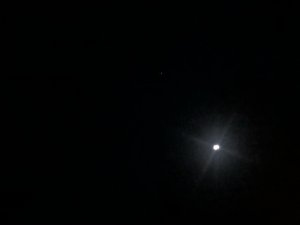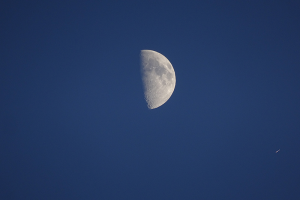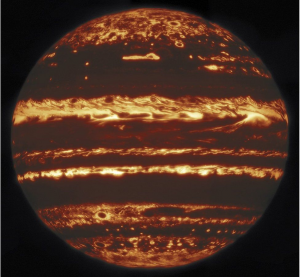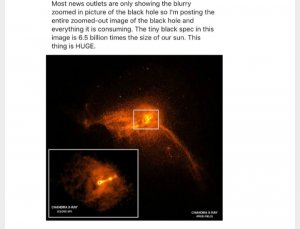- 5,891
- 12,009
- Joined
- Jul 1, 2016
Stephen hawking believes we SHOULDNT contact aliens because it would be dangerous
http://www.ibtimes.com/why-aliens-s...ng-warns-intelligent-extraterrestrial-2420526
Interesting

even if they didn't want to kill, eat or enslave us, how in the **** would we even begin to navigate communications with an alien race with a different language (most humans can't even talk to most other humans), vastly different cultures (see the end of "Mars Attacks" for how cultural differences can go sideways real quick), and likely superior technology (given that they interpreted and responded to the communications of an alien race).
I mean we have RACISM...not even animals of different colors discriminate against each other, as far as we know. can you imagine a supremacist breed of dog?

for the first time ever, we wouldn't be the undisputed galactic intelligence champions...I don't think we're prepared to deal with that scenario.
by and large, humans are "those ************* you can't take nodamnwhere" as of now.
sad but true.


 now what
now what












